VMware DRS dynamically balances computing capacity across a collection of hardware resources aggregated into logical resource pools, continuously monitoring utilization across resource pools and intelligently allocating available resources among the virtual machines based on predefined rules that reflect business needs and changing priorities, When a virtual machine experiences an increased load, VMware DRS automatically allocates additional resources by redistributing virtual machines among the physical servers in the resource pool.
VMware Distributed Power Management (DPM), included with VMware DRS, automates power management and minimizes power consumption across the collection of servers in an e.
Desired to gain proficiency on VMware? Explore the blog post on "VMware Training" Online to become a pro in VMware. How to Create a Custom Virtual Machine?
Prioritize resources to the highest value applications in order to align resources with business goals, automatically.
Increase the operational efficiency of your datacenter by automatically optimizing hardware utilization and responding in real-time to changing conditions.
Dedicate resources to business units while still profiting from higher hardware utilization through resource pooling.
Conduct zero-downtime server maintenance.
Lower power consumption costs by up to 20 percent.

-Intelligent resource allocation
-Flexible hierarchical organization.
-Isolation between resource pools
-Access control and delegation.
-Manual and automatic mode.
-Initial placement
-Continuous optimization.
-Maintenance mode for servers.
-Affinity rules.
-Power management.
-Ensure that the managed hosts use shared storage. Shared storage is typically on a SAN, but can also be implemented using NAS shared storage.
-Place the disks of all virtual machines on VMFS volumes that are accessible by source and destination hosts.
-Set access mode for the shared VMFS to the public.
-Enhanced vMotion Compatibility (EVC) – You can use EVC to help ensure vMotion compatibility for the hosts in a cluster. EVC ensures that all hosts in a cluster present the same CPU feature set to virtual machines, even if the actual CPUs on the hosts differ. This prevents migrations with vMotion from failing due to incompatible CPUs.
-CPU compatibility masks – vCenter Server compares the CPU features available to a virtual machine with the CPU features of the destination host to determine whether to allow or disallow migrations with vMotion. By applying CPU compatibility masks to individual virtual machines, you can hide certain CPU features from the virtual machine and potentially prevent migrations with vMotion from failing due to incompatible CPUs.
-To enable the use of DRS migration recommendations, the hosts in your cluster must be part of a vMotion network. If the hosts are not in the vMotion network, DRS can still make initial placement recommendations.



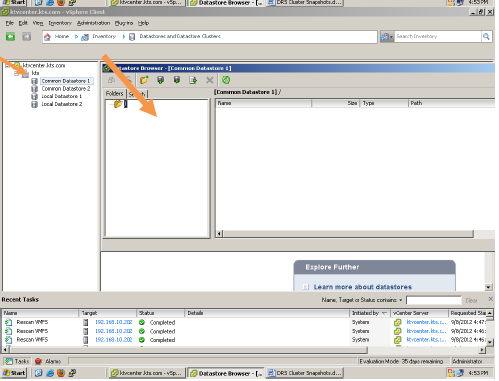


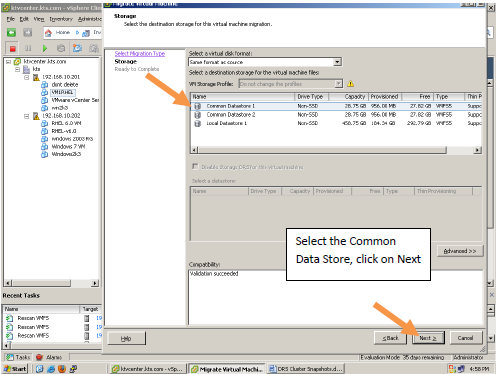





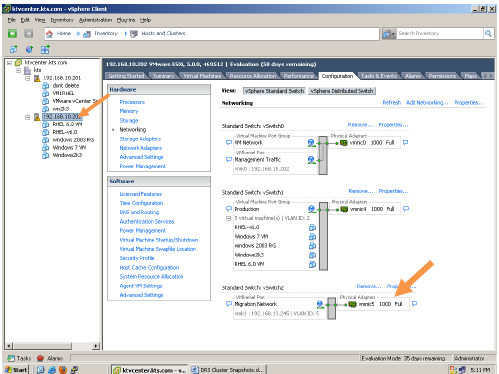





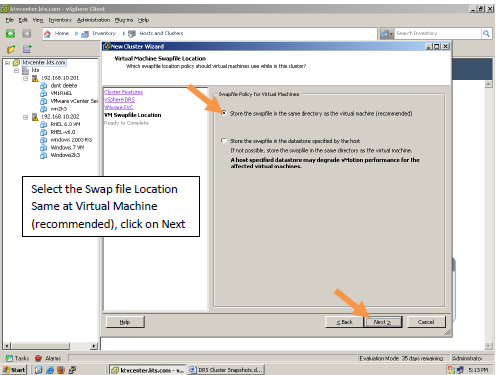
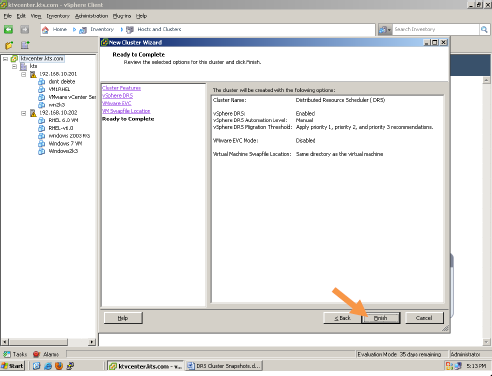

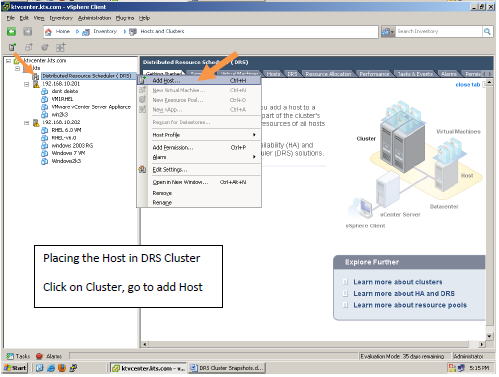
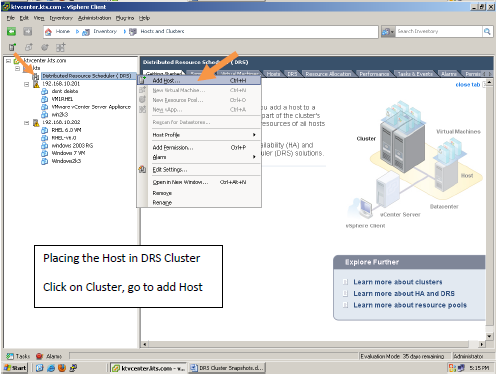


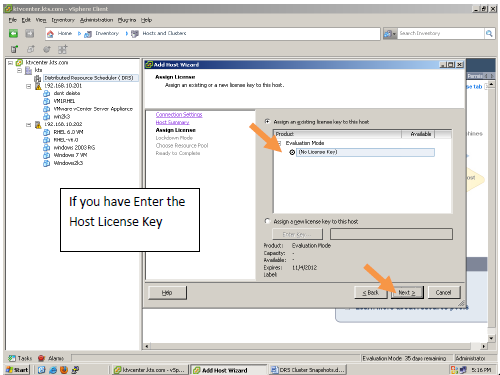




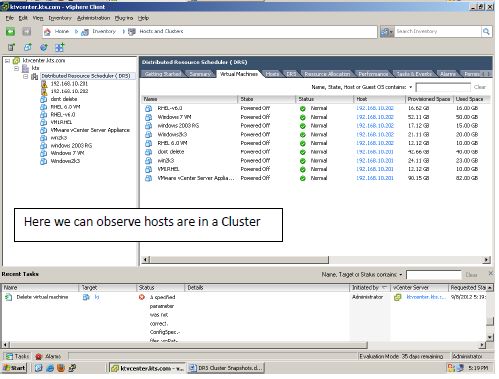

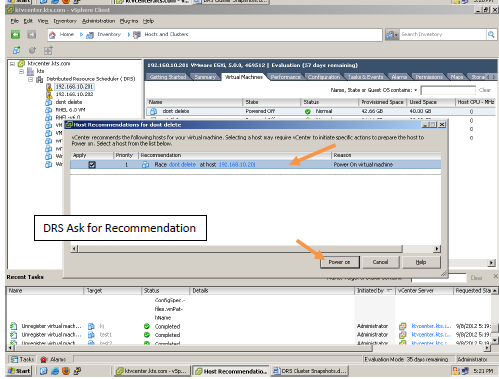



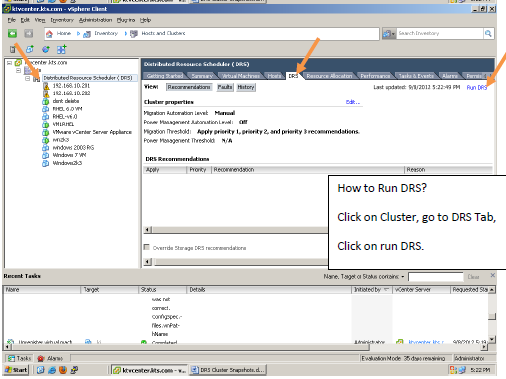

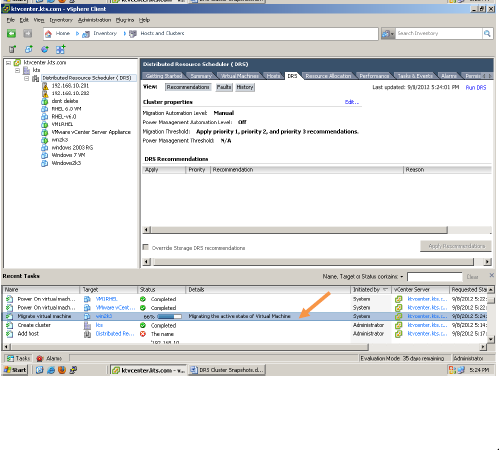






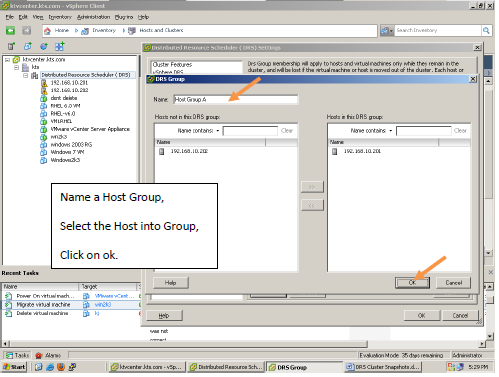

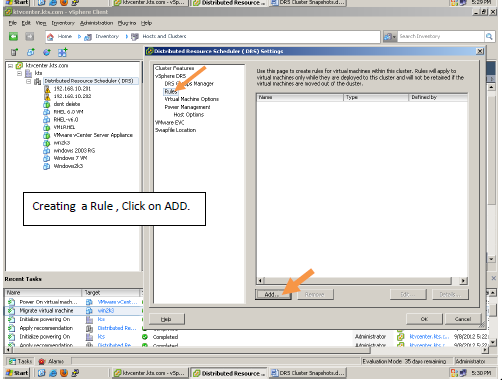


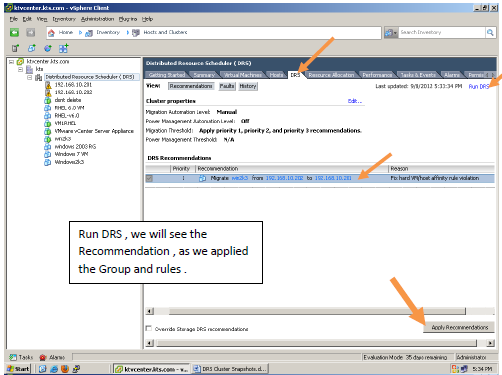


Storage DRS is a new feature introduced in vSphere 5.0
Storage DRS:- Make sure a virtual machine's data is assigned the optimal storage location initially and use ongoing load balancing between datastores to avoid bottlenecks. vSphere Storage DRS provides smart virtual machine placement and load balancing mechanisms based on I/O and space utilization. Align storage resources to meet your business objectives Balance your storage space and I/O load
In-Home, Click on Datastore and datastore clusters.

Right, Click on Datacenter, select the option New datastore cluster.





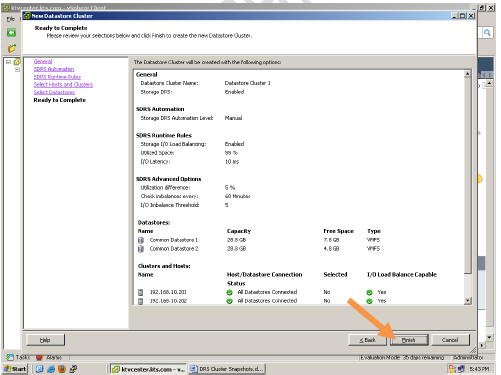
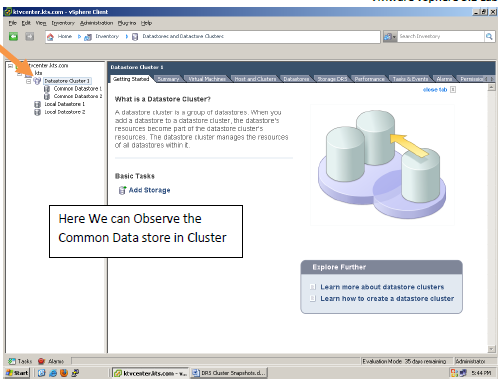



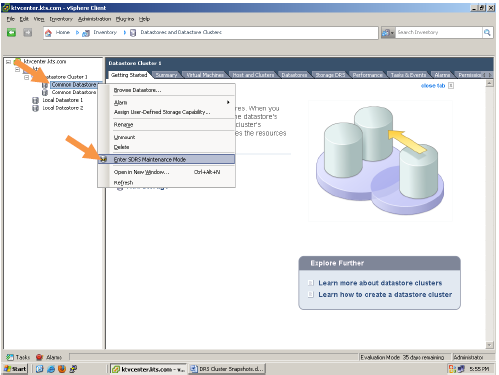


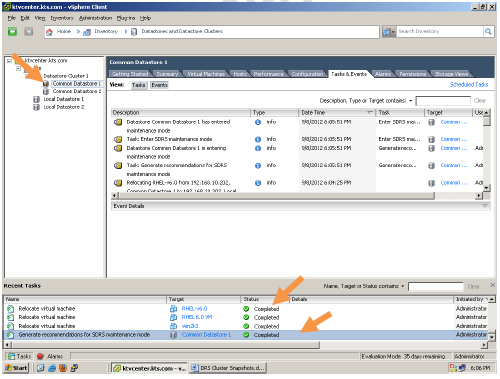

You liked the article?
Like: 0
Vote for difficulty
Current difficulty (Avg): Medium

TekSlate is the best online training provider in delivering world-class IT skills to individuals and corporates from all parts of the globe. We are proven experts in accumulating every need of an IT skills upgrade aspirant and have delivered excellent services. We aim to bring you all the essentials to learn and master new technologies in the market with our articles, blogs, and videos. Build your career success with us, enhancing most in-demand skills in the market.